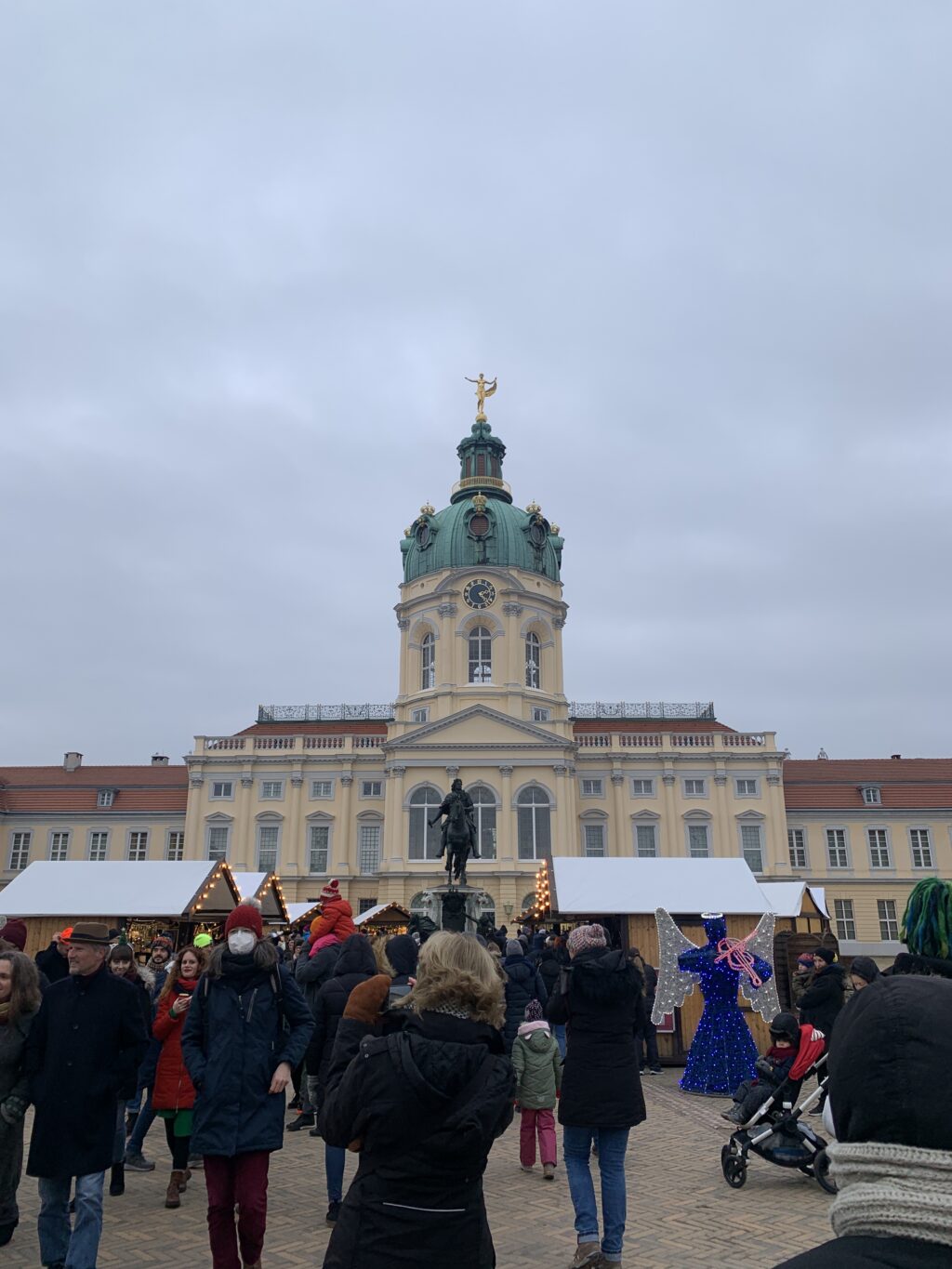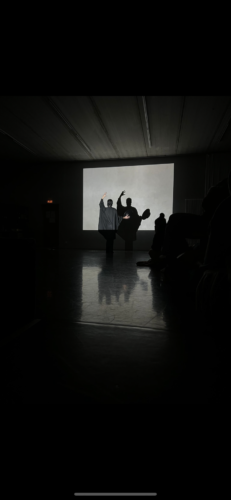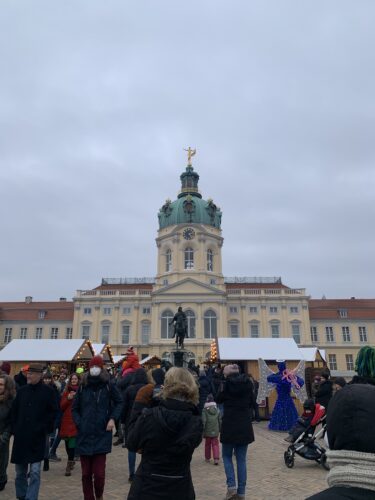
Listening to Berlin
Hello there, stranger! We meet again!
The Fall 2022 semester was super heavy with a lot of learning, creating, performing, and more. I do not know about you, but I really needed this break. As I am writing this new post, we Columbia students at Arthaus Berlin are well into the swing of the new term, and we are concluding our first module called Deep listening. It has been a whirlwind of listening practices, early morning experiences, and even approaching the red nose clown—but before I get into that, I want to talk about my experience of my first Berlin winter.

A small still from my project.
Over the winder break, the Theatre MFA students dispersed to enjoy the holiday festivities all around the world. Some opted to stay in Germany, some planned to travel back to the United States, and some took a January Term study abroad experience in the United Kingdom. Personally, I decided to stay in Germany to see what this country has to offer during this time of year. One of my favorite things I encountered in German wintertime are the “Weihnachtsmarkts,” the German Christmas markets. These large-scale, outdoor markets pop up all around the country where they sell festive gifts and trinkets, warm food, and (my new favorite winter drink, dethroning the Hot Toddy) Glühwein, a warm and spiced mulled wine sold for 3-6 Euro. I made it a plan to get at least one Glühwein at each market I attended, and least to say it kept me super cozy in the cold of a Berlin winter. Speaking of: the winters of Berlin are not to be underestimated. Yes, the stories are true; Berlin turns gray around December and January, and the sun may only make a surprise one-hour appearance during a month. So, for those coming to study at Arthaus, or even just to travel to Germany within the winter months, two words: Bundle. Up.

Weihnachtmarkt at a castle in Berlin
After the holiday festivities came to a close and we ushered in the new year, classes started back up again at Arthaus Berlin. The first module of the year, as I mentioned, is called Deep Listening. In this module, we had four facilitators introduce different practices to open up our listening and awareness. Valentina offered a movement research approach to listening to one’s own body and the unified body of the group. Thomas proposed 15-30 minute sitting practices in the dark and in silence. Ariel introduced the concept of osteopathic touch and the idea of “Absent Presence,” which we then embodied in the space. Lastly, Kelley facilitated process-focused sessions using fine art materials, like paint and clay, in relationship to breath and contact. These provocations opened a very deep, very profound space for each us, and we all resonated with many different aspects of the module as a whole.
Then we created 12 individual projects as a cohort that we put together under the context of a single evening of presentations. For me, Valentina and Ariel’s practices had resonated the most, since both were based on movement and embodiment. Through this research, I created a short physical theater piece that played with slow and ridged movement in relation with projected material to tell the story of a coming presence. Others created videos and slideshows, some brought natural materials from parks and set up a ritual installation, and some even used small objects to tell a story about a desert or a train station. Our collection of projects was not only a performance of our impressions of the module, but a deep reflection into our inner interests and thoughts. When we conclude this module, most of us will continue some of these practices in the term as research and preparation for our theses work. As the final semester of the program begins, I will keep you updated on the goings-on here in Germany and the work we Columbia students are doing.
Until next time.
